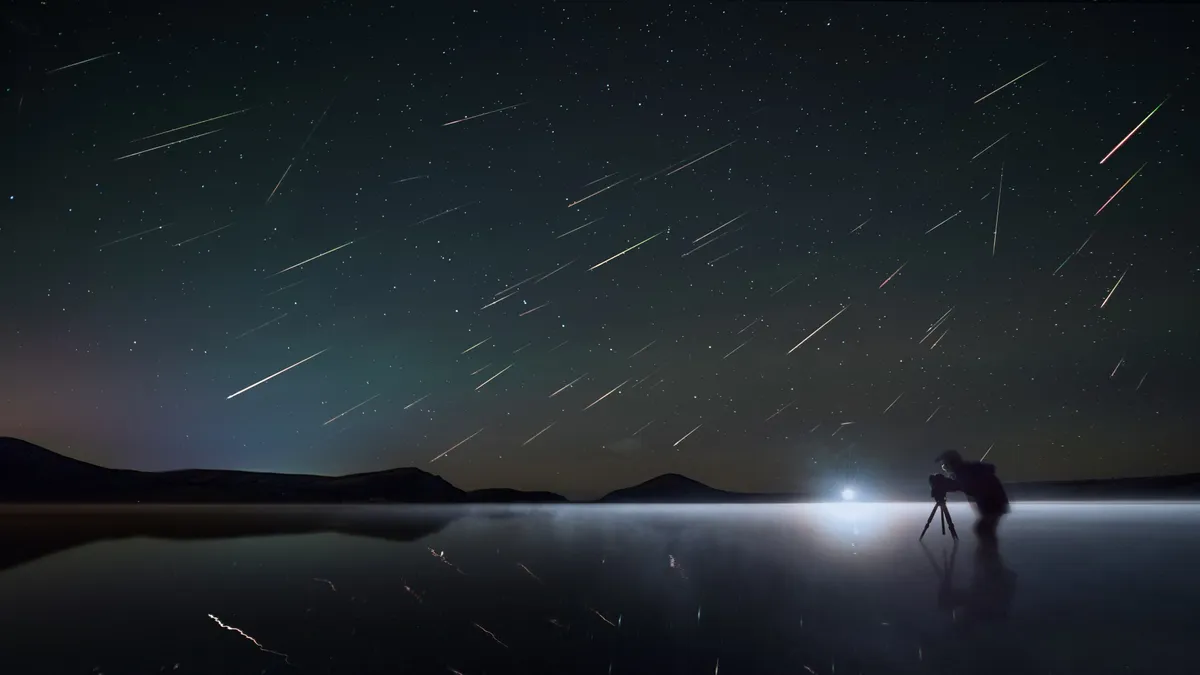
The Lyrid meteor shower has made its annual appearance, delighting skywatchers with its stunning displays of bright meteors. This celestial event typically peaks in mid-April, and many enthusiasts are already catching glimpses of these spectacular meteors as they streak across the night sky. The Lyrids are known to radiate from the constellation Lyra, which is positioned near the bright star Vega in the northeastern sky. However, it's important to note that while the radiant point is an excellent reference, some of the most breathtaking meteors may appear further away, illuminating the surrounding heavens.
For those eager to experience the best of the Lyrid meteor shower, the ideal time to observe is during the early morning hours of April 22. The peak viewing window is between 3 a.m. and 5 a.m. local time, just before dawn. To maximize your meteor-spotting experience, it’s crucial to find a location with the darkest skies possible. This often means escaping the bright lights of the city and venturing out to a rural area, a designated dark sky park, or even a quiet stretch of beach or mountain trail.
When planning your Lyrid meteor shower experience, safety should always be a priority. Inform someone of your whereabouts before heading out. Once you arrive at your chosen location, allow your eyes to adjust to the darkness for approximately 30 minutes. To maintain your night vision, it's advisable to use only red light sources. Then, simply lean back, relax, and look up at the sky in anticipation of the meteors!
This year's waning crescent moon will not rise until after 3:30 a.m. local time, which means you won’t have to contend with moonlight washing out the fainter meteors. Under optimal conditions—specifically very dark skies—you can expect to see between 15 to 20 meteors per hour, with the possibility of witnessing even more if you're particularly fortunate. The Lyrids are also famous for occasional surprise outbursts, so keeping an eye on the sky could yield some unexpected delights.
The Lyrid meteor shower serves as a delightful herald of spring in the northern hemisphere. So, what are you waiting for? Prepare yourself with a warm drink, bundle up comfortably, and head out for an enchanting night of springtime skywatching. The universe is full of wonders, and you never know what celestial treasures you might encounter while gazing at the stars!